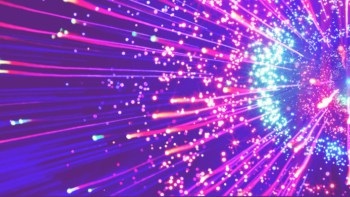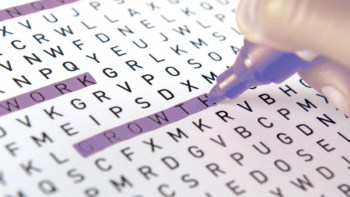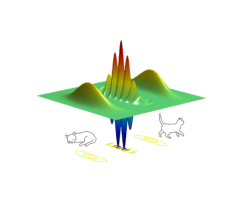Available to watch now, IOP Publishing, in partnership with Vescent, ColdQuanta, NKT Photonics and QDevil, provides an insight into one of the most promising quantum architectures
Want to learn more on this subject?
 The realization of large-scale controlled quantum systems is an exciting frontier in modern physical science. Such systems can provide insights into fundamental properties of quantum matter, enable the realization of exotic quantum phases, and ultimately offer a platform for quantum information processing. Recently, reconfigurable arrays of neutral atoms with programmable Rydberg interactions have become promising systems to study such quantum many-body phenomena, due to their isolation from the environment and high degree of control.
The realization of large-scale controlled quantum systems is an exciting frontier in modern physical science. Such systems can provide insights into fundamental properties of quantum matter, enable the realization of exotic quantum phases, and ultimately offer a platform for quantum information processing. Recently, reconfigurable arrays of neutral atoms with programmable Rydberg interactions have become promising systems to study such quantum many-body phenomena, due to their isolation from the environment and high degree of control.
In this webinar, Hannes Bernien will present the recent progress on quantum processors and quantum networks that are based on arrays of individual atomic qubits. He will discuss the fundamental techniques that allow the bottom-up assembly of atom arrays with hundreds of atoms and will present the science and discoveries that these new architectures enable.
Want to learn more on this subject?
 Hannes Bernien is assistant professor at The University of Chicago. His work focuses on finding answers to questions such as how to fully scale controlled quantum systems from the current few-particle level to many particles, how to study the effects of increased complexity in these systems, and how to utilize these phenomena for quantum technology. His lab combines techniques from quantum control and quantum optics with ultracold atoms and nanotechnology in order to develop new ways of engineering large, complex quantum systems and studying the phenomena that arise in such systems.
Hannes Bernien is assistant professor at The University of Chicago. His work focuses on finding answers to questions such as how to fully scale controlled quantum systems from the current few-particle level to many particles, how to study the effects of increased complexity in these systems, and how to utilize these phenomena for quantum technology. His lab combines techniques from quantum control and quantum optics with ultracold atoms and nanotechnology in order to develop new ways of engineering large, complex quantum systems and studying the phenomena that arise in such systems.
Hannes earned his PhD (2014) in physics at Technical University Delft in the Netherlands in the group of Ronald Hanson. There, he performed experiments on quantum information processing with nitrogen vacancy centers in diamond and was the first to create long-distance entanglement of solid-state spins. This led to a loophole-free Bell test with two entangled spins that are 1.3 km apart. From 2015–2019 he was a postdoctoral research fellow in the group of Mikhail Lukin at Harvard where he co-developed a novel bottom-up approach to assemble large defect-free arrays of atoms with engineered interactions. This method has proven to be a promising platform for studying quantum many-body phenomena.
Speaker relationship with IOP Publishing
Winner of the International Quantum Technology Young Scientist Award, IOP Publishing Quantum 2020 conference.
Why not sign up for our other Quantum Week webinars? Even if you’re not able to join the live event, registering now enables you to access the recording as soon as it’s available.
- Quantum computational advantage and beyond
Monday 14 June, 10 a.m. BST - Tales of a not-quite-probability distribution
Tuesday 15 June, 2 p.m. BST - Nitride quantum light sources
Wednesday 16 June, 2 p.m. BST - A roadmap for the quantum internet
Thursday 17 June, 2 p.m. BST - A quantum future of computing
Friday 18 June, 4 p.m. BST








